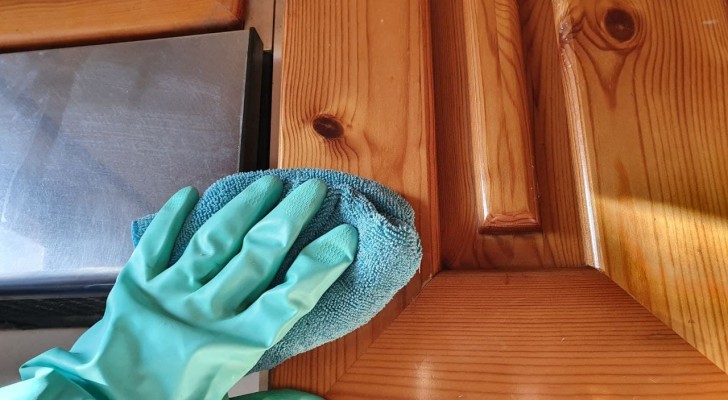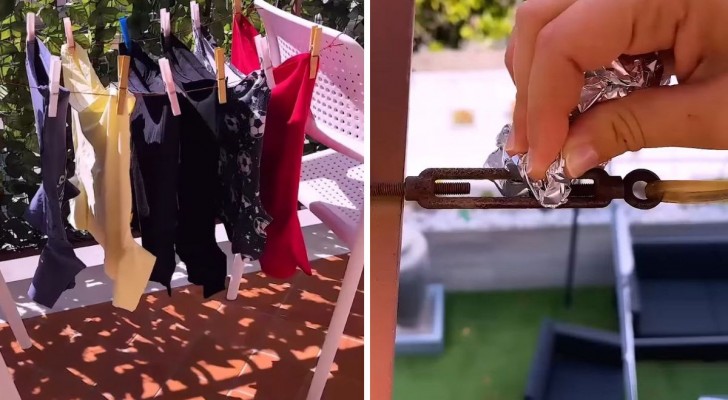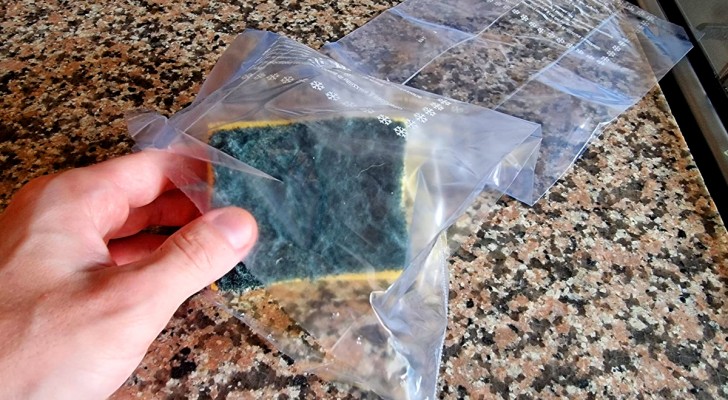Greasy kitchen and kitchen cabinets ? Make them look good as new with these simple DIY methods

It is inevitable that, from time to time, a film of dirt settles on the doors and external surfaces of kitchen furniture. This is especially prevalent on the wall units in and around the stove and oven which can become covered in a greasy residue. It is a phenomenon caused primarily by the presence of cooking vapors, but can also come from oil splashes or various sauces used when food is being cooked.
Cleaning of wall units is not always included in a weekly cleaning routine, so sometimes you find yourself having to perform a really thorough, deep cleaning. Considering that the furniture in the kitchen is often made of wood, and is perhaps even painted or varnished, it is wise to use the correct cleaning methods - methods which are effective, but not too aggressive.

Creativo
- Baking soda: take a bowl or spray bottle into which you can pour half a liter of warm water (even better if the water is distilled), and then add half a glass of baking soda. Mix it so that it dissolves well and then spray the solution on a soft cloth or sponge, (alternatively, dip these into the solution); then gently wipe down the furniture.
- Toothpaste: squeeze a blob of toothpaste onto a sponge that you have soaked in warm water and squeezed out (it must be simple, white toothpaste, without gel or microgranules). Rub the sponge on the areas where most of the grease and greasy dirt has accumulated. You can also use water and a bit of baking soda to rinse the surfaces off, using a soft cloth.
- Dish soap: pour a few drops into a bucket of hot water and mix well; dip a cloth or sponge into the solution and wipe it over doors after having squeezed the excess liquid off. Alternatively, you can use Marsiglia soap.
- White vinegar is effective but is also quite aggressive on wood, so avoid it in the case of varnished surfaces or more delicate finishes. Use vinegar when the other solutions have not produced a satisfactory result (note: sometimes you just need to try the other methods a few times before you reach the desired result). To use vinegar, you should dilute 150 or 200 ml of it in half a liter of warm water, and then wipe down furniture with a sponge or soft cloth dampened in the solution.
In all cases, always keep extra cloths ready to rinse and, especially, to dry surfaces thoroughly as soon as you have finished treating them.





